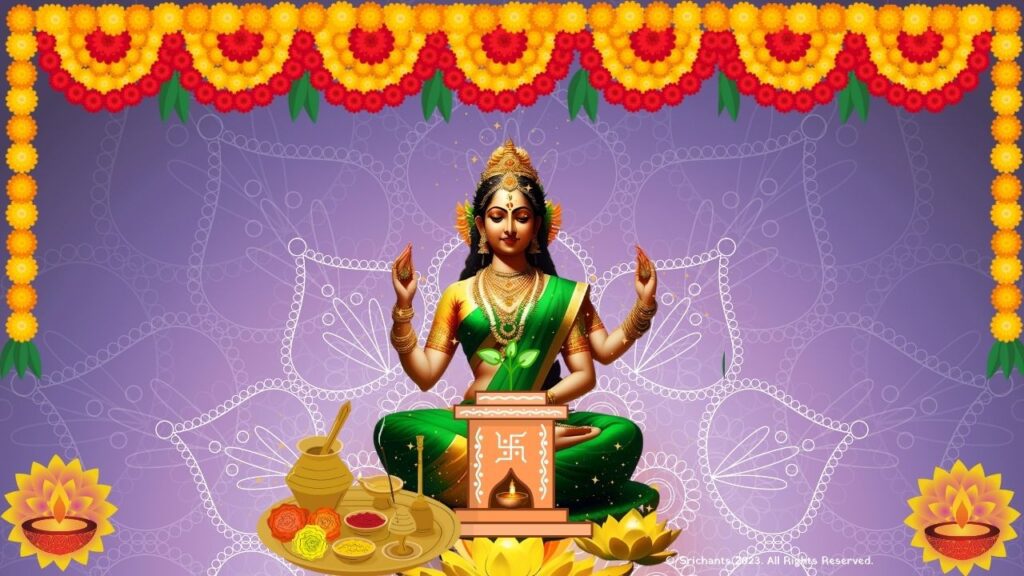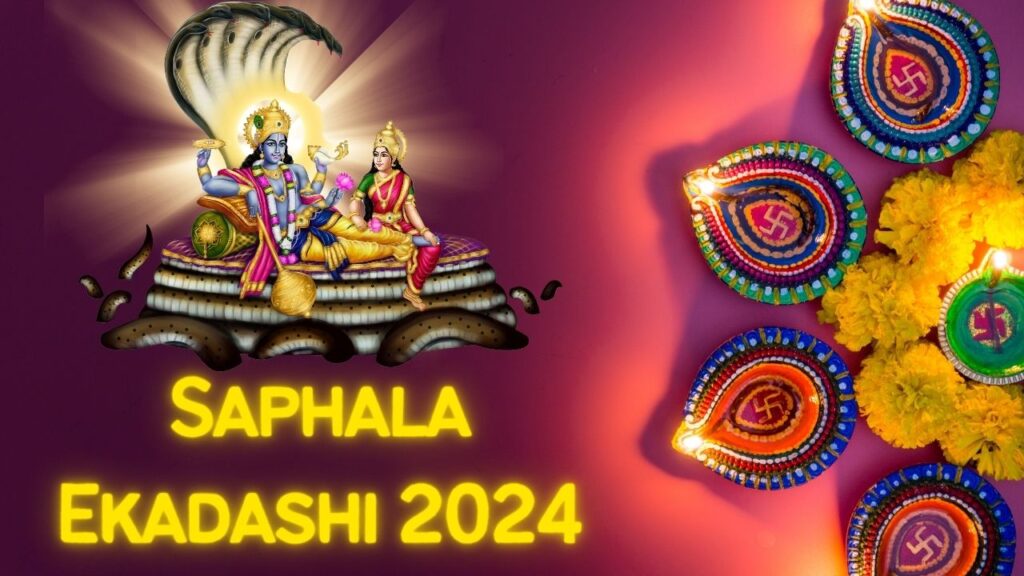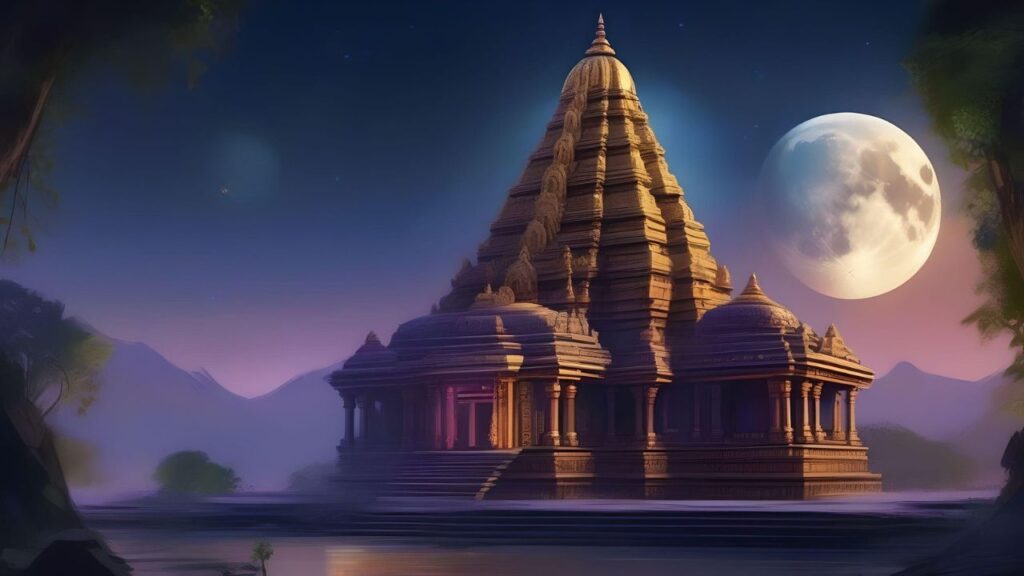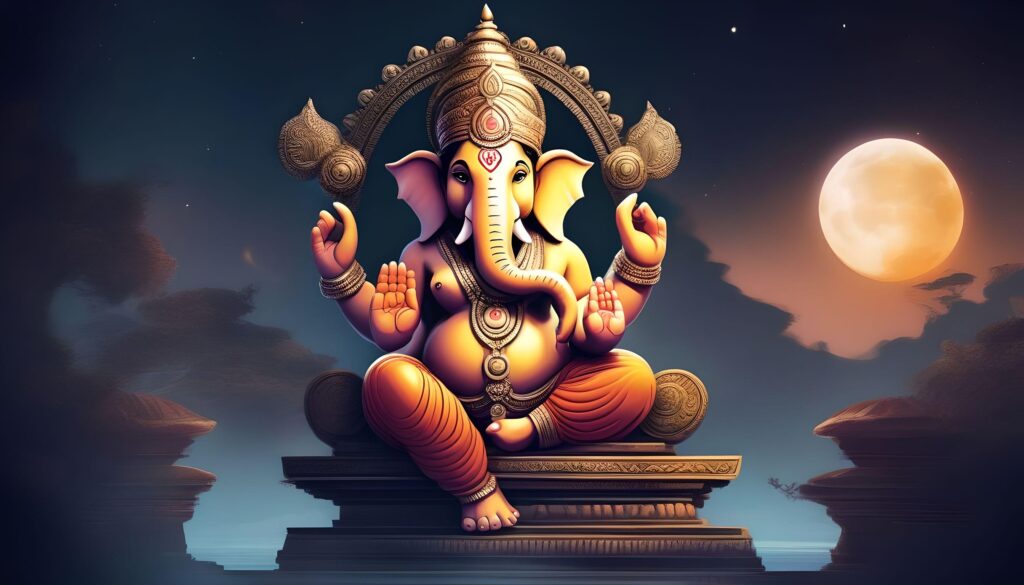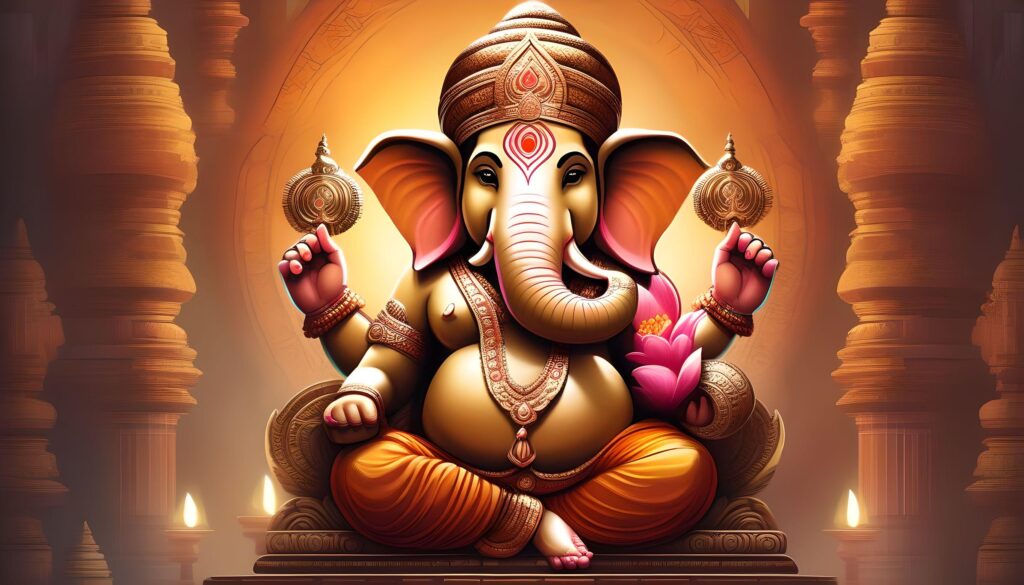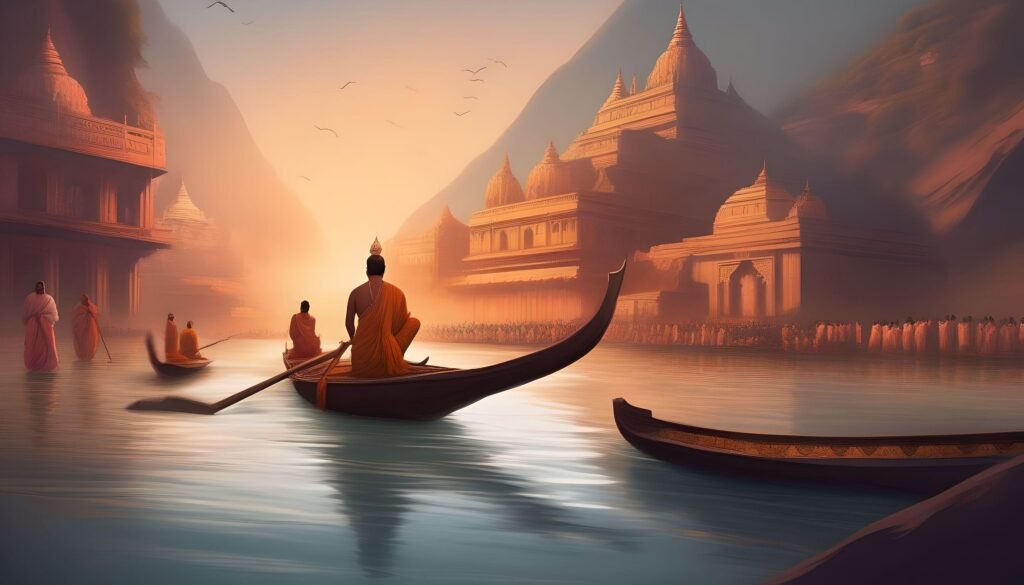Kumbh Mela: The World’s Largest Gathering of Humans
Introduction
Millions of pilgrims from all over the globe are drawn to the Kumbh Mela, an audacious Hindu religious celebration. It is a magnificent celebration of faith and spirituality that is conducted in Ujjain, Prayag (Allahabad), Haridwar, and Nashik-Trimbakeshwar, all of which are sacred sites in India. This momentous occasion, renowned for its astrological and mythological import, has been commemorated for numerous centuries, attracting individuals in search of spiritual rejuvenation and the elixir of immortality.
The Mythological Significance of Kumbh Mela
The Kumbh Mela is an event that has its origins in profound Hindu mythology. The narrative centers on the Samudra Manthan, also known as the Ocean Churning, during which forces of demons and gods conspired to acquire the immortal ratnas (ratnas) and amrita (nectar of immortality). Mount Mandrachala was employed as the churning implement, while Vasuki, the Nagraja, served as the rope during the churning process.
By assuming the form of a tortoise, Lord Vishnu prevented the mountain from collapsing into the ocean by providing it with support. Venomous poison emanated from the churning, which was ingested by Lord Shiva, thus bestowing upon him the appellation Nilkantha. Over time, the amrita kalasa, the elixir of immortality, materialized.
Jayanta, the progeny of Lord Indra, forcibly removed the amrita kalasa from the grasp of God Dhanvantari. Throughout the twelve days that demons pursued him, Jayanta vanquished the kalasa in four distinct locations: Prayag, Nashik-Trimbakeshwar, Ujjain, and Haridwar. It is believed that the places in question were sanctified by the droplets of nectar that leaked during this period, which endowed them with mystic energies.
The Astrological Significance of Kumbh Mela
In addition to being rich in mythology, the Kumbh Mela possesses considerable astrological importance. The scheduling and location of the Kumbh Mela are determined by the Sun, Moon, and Jupiter’s positions in various zodiac signs. The Kumbh Mela is conducted in Haridwar when Jupiter enters Aquarius (Kumbh Rashi) and the Sun and Moon are in Aries and Sagittarius, respectively.
The Kumbh Mela is also held in Prayag when Jupiter is in Taurus (Vrishabha Rashi) and the Sun and Moon are in Capricorn (Makara Rashi). As the Sun and Moon are in Cancer (Karka Rashi) and Jupiter enters Leo (Simha Rashi), the Kumbh Mela is observed in Nashik and Trimbakeshwar. The Kumbh Mela is ultimately held in Ujjain when Jupiter is in Leo (Simha Rashi) and the Sun and Moon are in Aries (Mesha Rashi).
The Nashik-Trimbakeshwar Kumbh Mela
Devotees hold the Nashik-Trimbakeshwar Kumbh Mela, alternatively referred to as the Simhastha Kumbh Mela, in the highest regard. Lord Rama spent his exile in Dandakaranya, where Nashik is believed to be a component, whereas Trimbakeshwar is one of the twelve Jyotirlingas. The fact that the sacrosanct river Godavari begins in Trimbakeshwar enhances the significance of this location.
Millions of individuals congregate along the banks of the revered river Godavari during the Nashik-Trimbakeshwar Kumbh Mela in an effort to find spiritual solace and to partake in a variety of rituals and ceremonies. Due to historical disputes, Vaishnav Akhadas and Shaiva Akhadas bathe separately at this Kumbh Mela, whereas they typically bathe together at other Kumbh Melas. This distinctive characteristic imbues the Nashik-Trimbakeshwar Kumbh Mela with a unique flavor.
The Importance of Kumbh Melas
The Kumbh Mela transcends its religious focus and carries substantial importance for both humanity and the environment at large. The festival offers individuals the chance to engage in spiritual rejuvenation, purify their transgressions, and beseech the saints and holy men for their blessings. It is believed that sacred rivers, including the Ganges and Yamuna, possess the ability to cleanse and rejuvenate.
Furthermore, Kumbh Melas serve as a catalyst for fostering unity and harmony among individuals from various cultural and social contexts. Young and elderly, wealthy and impoverished, as well as foreigners and locals alike, unite in a sense of devotion and camaraderie. This enormous assembly serves as a reminder of our common humanity and nurtures a sense of community.
Positive environmental effects are possible as a result of Kumbh Melas. Notwithstanding the obstacles presented by pollution, the congregating multitude inspires a heightened emphasis on sanitation and ecological sustainability. Water conservation, waste management, and consciousness-raising regarding the significance of safeguarding our natural resources are all endeavors.
Why Should You Attend the Kumbh Mela?
Participating individuals in the Kumbh Mela are treated to an extraordinary and life-altering experience. Please find below six justifications for contemplating attendance at the Kumbh Mela:
- Spiritual Renewal: The Kumbh Mela is an opportunity to connect with your spiritual self, seek blessings from revered saints, and immerse yourself in the sacred atmosphere.
- Cultural Immersion: The Kumbh Mela showcases the rich cultural heritage of India. From colorful processions to devotional music and dance performances, you’ll witness the vibrant tapestry of Indian culture.
- Rituals and Ceremonies: Participate in various rituals and ceremonies, such as taking a dip in the holy river, attending sacred fire rituals, and receiving blessings from sadhus and gurus.
- Seek Knowledge: The Kumbh Mela attracts renowned spiritual leaders, scholars, and thinkers who share their wisdom and insights through discourses and satsangs (spiritual gatherings).
- Photography and Documentary Opportunities: The Kumbh Mela is a photographer’s paradise. Capture the essence of this grand festival and document the diverse experiences of the pilgrims.
- Cultural Exchange: Interact with people from different walks of life, exchange stories and experiences, and forge connections that transcend borders and cultures.
Kumbh Puri: The World’s Happiest City
The temporary metropolis that arises during the Kumbh Mela, Kumbh Puri, is an architectural marvel in and of itself. Kumbh Puri, because of its expansive tent city, bustling marketplaces, and lively ambiance, serves as a microcosm of Indian society. A convergence of individuals from diverse backgrounds results in a singular amalgamation of jubilation, devotion, and festivity.
In order to facilitate the millions of pilgrims who visit the Kumbh Mela, the city is immaculately planned. Every element, including sanitation facilities, security arrangements, and temporary roads and bridges, is meticulously organized to guarantee the festival’s seamless operation.
Conclusion
Millions of pilgrims partake in the Kumbh Mela in search of spiritual solace, cultural immersion, and a sense of community; it is an unprecedented assembly. The Kumbh Mela presents a distinctive opportunity for individuals to engage in personal development and spiritual rejuvenation, owing to its mythological, astrological, and transformative implications.
By partaking in the Kumbh Mela, one is granted the opportunity to observe the abundant cultural legacy of India, engage in sacrosanct ceremonies, entreat esteemed deities for their blessings, and establish connections with individuals hailing from various cultural backgrounds. This experience serves as a poignant reminder of the transformative potential of faith, solidarity, and the quest for spiritual enlightenment.
Therefore, strategize a journey to the Kumbh Mela and fully engage in the sacred ambiance as you become a participant of the most sizable human assembly, bonded in our shared pursuit of spiritual enlightenment.

